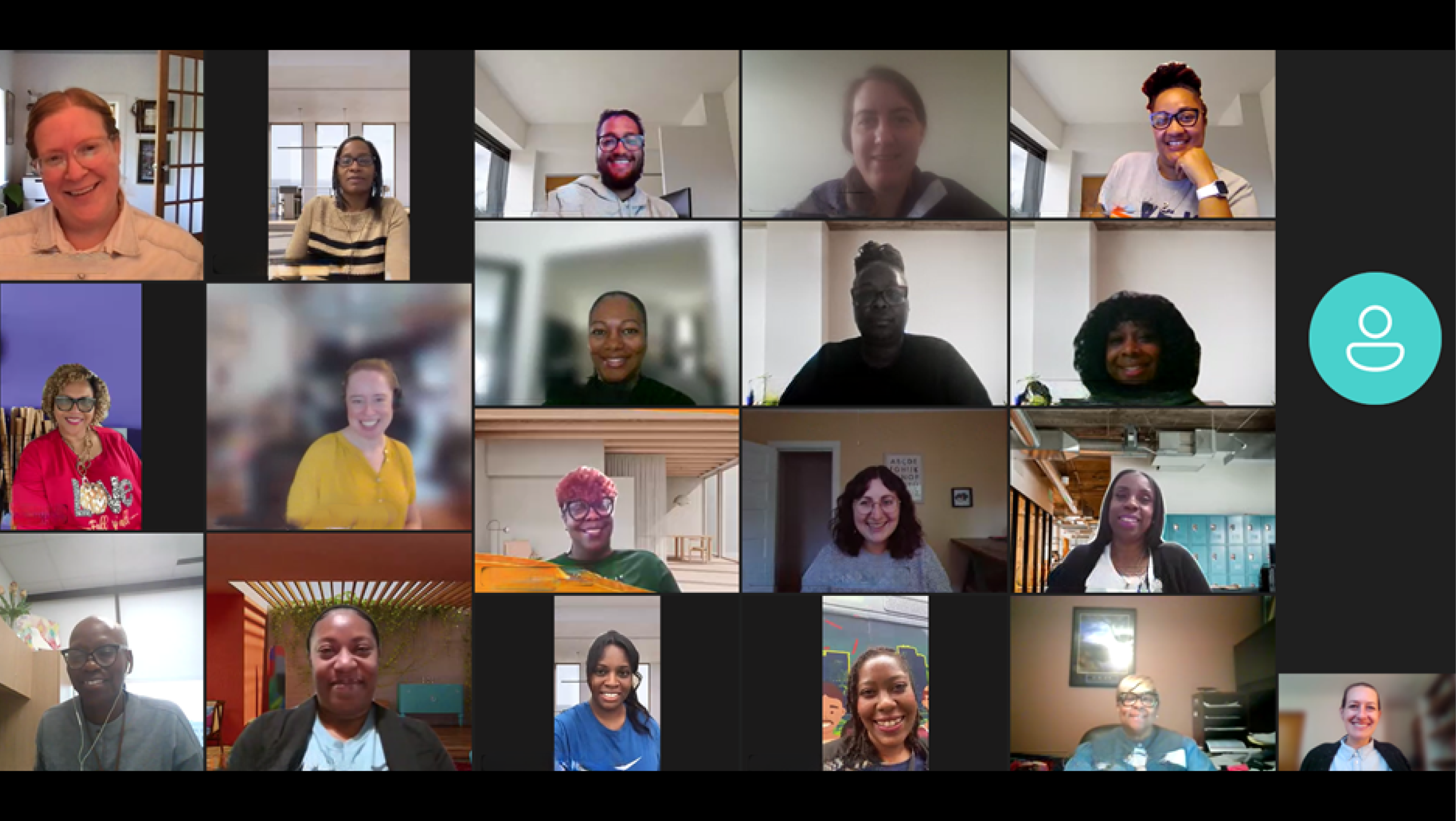
Notify.gov is helping government meet families where they are
Families with young children often face challenges when trying to access the federal programs designed to support their health and development.
Recently, families expressed to government teams that a major challenge is getting the right information at the right time. Some got too much information at once, while others didn’t get any information at all. At the same time, case workers reported that families who moved more frequently were harder to reach through postal mail. And, of course, many working families continue to say that they simply don’t have time to wait on hold for hours trying to reach the correct person on the other end of the phone.
To address these challenges, a new government notification service - Notify.gov - is making it easier to reach families with the right information at the right time. Since GSA’s Public Benefits Studio launched the Notify.gov pilot last fall, the team has been working with partners who administer federally funded programs - like the Department of Human Services in Norfolk, Virginia - and gathering initial data to measure how the program is making a difference.
Listening to families
This work started by having conversations directly with families for four months last year as part of the “Having a Child and Early Childhood” project, one of five Life Experience projects aimed at improving government service delivery during a big life event or transition, in support of the Executive Order on Transforming Federal Customer Experience).
Specifically, the team working on this project (U.S. Digital Service, the Department of Health and Human Services, and GSA) talked with families and case workers about both bright spots and pain points of accessing federally funded government programs and services.
These conversations surfaced ideas for making interacting with the government simpler. One of the suggestions that came directly from families was that it would be helpful to receive text messages.
Applying the evidence
There are many examples across the country of how text messaging can be an efficient and cost-effective way to reach people about public benefits.
Text messages can inform people about programs, ease the burden of remembering when to renew, and provide clarity about maintaining benefits. Specifically, federal programs like Text4Baby and Text2BHealthy have shown positive outcomes. At the state level, Montana sent text messages [PDF] to people whose mail had been returned and saw a 40% increase in response rate.
Text messaging not only helps reduce the administrative costs of re-enrollment, but, more importantly, can reduce the number of people who slip through the cracks.
Despite positive outcomes at both the state and federal level, text messaging is still underused by government agencies.
Coming out of the pandemic, programs like WIC and Medicaid provided both funding and guidance [PDF] aimed at increasing the use of text messaging as a complement to existing communication channels like phone and mail.
Recruiting strong partners
With that as a backdrop, the Public Benefits Studio started talking with dozens of potential federal, state, and local government partners across the country that help administer federally funded benefits programs. They learned about the challenges and opportunities of using text messaging to communicate with families and the opportunity to collaborate with the “Having a Child and Early Childhood” team.
As part of this outreach, the team connected with city officials in Norfolk, Virginia, who were ready and eager to introduce text messaging and who became one of the first pilot partners. On Nov. 16, 2023, that agency became the first locality in the U.S. to send text messages to members of the public using Notify.gov.
Co-designing an intervention and measuring impact
To date, Norfolk has sent over 8,000 text messages to families to help them learn about Medicaid renewal deadlines and eligibility requirements to help them retain their health insurance. This pilot supports the U.S. Department of Health and Human Services’ ”All Hands-on-Deck” call to action to ensure eligible people with Medicaid or Children’s Health Insurance Program coverage are aware of states’ renewal processes and can easily renew their coverage or transition to another form of coverage for which they are eligible.
The team is gathering feedback to understand how these text messages impact customer experience. In some cases, people are saying directly that these text messages are what prompted them to complete their Medicaid renewals.
GSA’s Office of Evaluation Sciences is also helping out. They are working with Norfolk to evaluate to what extent texting actually improves the renewal experience for families while reducing interruptions in coverage. (A randomized evaluation will help determine the statistical significance of this intervention.)
Of course, the team is also gathering feedback from our partners at the City of Norfolk. As the team learns more about what partners want and need, the team can improve how Notify.gov works to make it easier for more partners to start texting, send better text messages, and ultimately reach more families where they are in a way that’s convenient and easy to understand.
Supporting additional pilot partners
In addition to the work in Norfolk, Notify.gov is also working with pilot partners administering federally funded programs in Montgomery County, Maryland; Wisconsin state; Washington state; and the U.S. State Department’s Bureau of Consular Affairs.
Arizona’s Early Intervention Program is the newest partner to join the first pilot cohort focused on reaching families with young children. As Arizona’s statewide interagency system of services, it supports families of infants and toddlers, and those with disabilities or developmental delays. The teams are currently co-designing a text campaign to support Arizona families during the challenges of early childhood. This state administered work has federal funding and the pilot is part of the federal “Having a child and early childhood” project.
As Notify.gov pilots move from design to implementation and evaluation, the team plans to continue to share insights and learnings that will contribute to improving how our government serves families with young children.

 U.S. General Services Administration
U.S. General Services Administration
